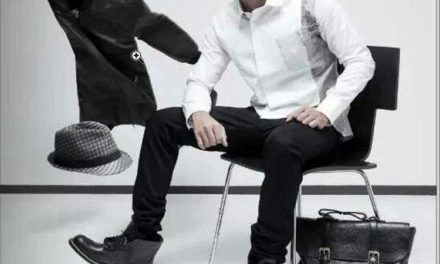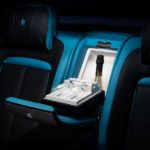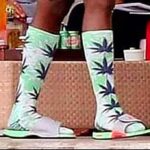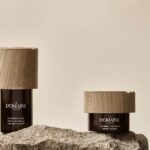Ready-To-Wear
Ready-to-wear, otherwise known as pret-a-porter, became a viable alternative to haute couture in the 1960´s when fashion houses started to showcase designs that came in a range of standard sizes that could be bought directly from boutiques. By doing away with the necessity of long fitting sessions, ready-to-wear was far less expensive and therefore instantly more accessible to a wider audience. Most of the designer fashion bought today is considered ready-to-wear. Whereas couture is still shown twice a year in Paris, ready-to-wear is showcased all around the world at a number of different fashion weeks, principally in New York, London, Paris and Milan. Today, ready-to-wear is a cross between haute couture and the mass market. Although not made for the individual, great care and detail is taken in the design and finishing, and the numbers of each garment produced tend to be low, thereby making them exclusive and expensive.
The larger, high-end designer ready-to-wear labels also develop diffusion ranges to sell at a low to the mid-price point. Examples of this are ´Marc´ by Marc Jacobs and ´See´ by Chloe. By creating a separate label, designers are able to tap into a much larger consumer base while protecting the aspirational brand identity they have created for their mainline.
Ready-to-wear labels often wholesale their collections to boutiques and department stores by showcasing at the fashion weeks held seasonally twice a year. Typically they work 12 months in advance, researching and developing their collection for the trade fairs at which they will sell, then going into production when they have taken forward orders from the boutiques and department stores. This allows them to produce only the number of garments ordered, thereby minimising the risk of overproduction as well as the initial expense in outlay to their manufacturer. Many designers also open their own retail outlets, allowing them to give their complete offer directly to the consumer and maximising their margins by cutting out the middleman.
Examples of internationally renowned ready-to-wear labels include Chloe, Gucci, Ralph Lauren and Burberry. However, ready-to-wear is now an extremely diverse market with a number of sub-levels, including luxury, high-end, mid-level and premium design. Each level will distinguish brands by product offers, price points, marketing strategies and distribution outlets.
















